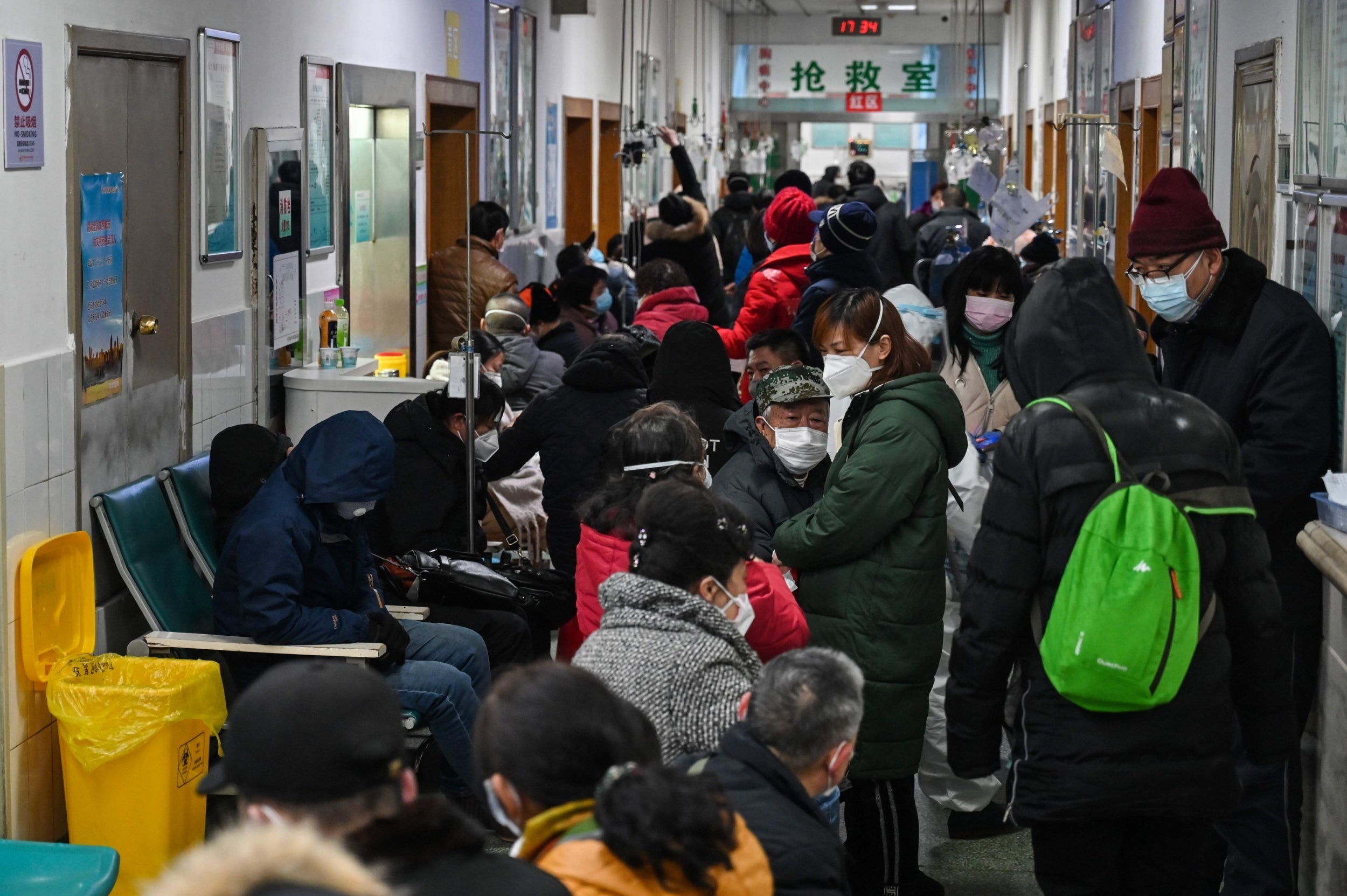Coronavirus patients in Wuhan look to no one but themselves for survival
Patients are being turned away as hospitals struggle to cope with epidemic, finds William Yang


It was 25 January, two days after the Chinese government imposed a lockdown on Wuhan, that Eric’s father started to fall ill. He first complained about feeling feverish, then he began to have difficulty catching his breath. These were all symptoms of the mysterious pneumonia that had swept through Wuhan like a wildfire since the end of December.
Eric tried to get his father to Wuhan Union Hospital, since it had been designated as one of the few centres to examine patients who had contracted the coronavirus. Unfortunately, the strict rules on road traffic meant he would either have to try his luck to get a licensed driver to take him and his dad to the hospital, or they would have to squeeze into one of the two cabs shared by the community to get there.
In the end, a friend gave them a lift to the hospital. The real nightmare only began when they arrived at the hospital, as patients and their family members flooded the hospital’s entrance, making it impossible to find the starting point of the line. After waiting in line for three and a half hours, Eric and his father finally made it inside the hospital.
“The condition in the hospital was terrible, as all the patients were gathered in one small room, and everyone was coughing,” Eric, who does not want to give his surname fomedr security reasons, tells The Independent. “Basically all hospital beds were occupied and some old people were crying while waiting to be seen by doctors.”
Eric soon understood that his father could rely on no one but himself to get through this crisis. When it was finally his dad’s turn to be checked, the nurse asked about his symptoms and then sent him for a CT scan. As expected, the scan showed his father’s lung had been infected.
The medical staff gave Eric some medication and asked them to go home for the day. No proper diagnosis was made and they were told to come back another day for further testing of his nucleic acids.
“We waited for hours only to prove that my dad’s lung was infected, and the CT scan was not even enough to confirm that he had contracted the coronavirus,” says Eric.
According to his conversation with medical staff at the hospital, Eric understood that unless a patient had taken the nucleic acid testing, he or she would never be officially confirmed as a coronavirus patient.
He says there had been many who were sent home and became too ill to make it back to the hospital for the follow-up test. And if any patient who hadn’t been able to complete the nucleic acid testing unfortunately passed away, their cause of death would not be counted as coronavirus.
We tried to admit my father to several local hospitals, but none of them had the capacity to take him in
“In other words, the actual number of confirmed cases and death toll should be much higher than what the Chinese government had been sharing,” Eric tells The Independent.
While the official figure of infection in China is around 31,000, some experts estimate that the actual number of infections could be 10 times higher, as many infected patients only display mild symptoms and they could potentially transmit the deadly virus to others without being properly diagnosed.
Eric’s father was eventually able to complete the nucleic acid testing a few days after their initial hospital visit. However, becoming a confirmed patient with coronavirus didn’t even guarantee that he could get a bed at one of the designated hospitals in Wuhan.
“We tried to admit my father to several local hospitals, but none of them had the capacity to take him in,” Eric says. “We ended up having to take him home and tried to use the medication given to us to keep my father comfortable.”
Even though Wuhan had been frantically trying to build several makeshift hospitals that would be used to specifically treat coronavirus patients, Eric, who works in the medical industry, doesn’t think these measures are enough to handle the amount of patients in Wuhan.
“While the government hopes to reduce the pressure that existing medical facilities are experiencing, there are still not enough beds in these facilities to ensure all infected patients can receive the medical care they need,” Eric explains.
“The even more concerning part is the long hours that medical professionals have to work, and the sheer amount of patients that one medical worker would have to look after is simply beyond normality.”
On Thursday, one coronavirus doctor in Hunan province died of a heart attack, after reportedly working double shifts for 10 days non-stop.
“Unless the government can also address the serious shortage of professional medical personnel, I don’t see how creating more beds can suddenly get the entire outbreak under control,” he adds.
For now, Eric and his family are having to continue to rely on themselves to look after his father at home.
“His lung infection has worsened since our last hospital visit, and he had to rely on an oxygen machine that I bought in order to breathe properly,” Eric says. “What the government has shown us is that when the outbreak continues to spread across the world, we can only rely on ourselves to get through this crisis.”
Join our commenting forum
Join thought-provoking conversations, follow other Independent readers and see their replies
Comments